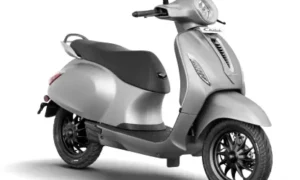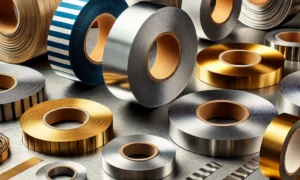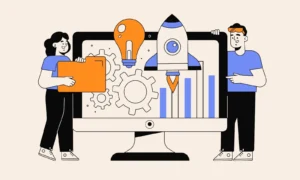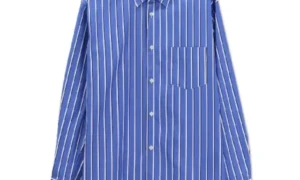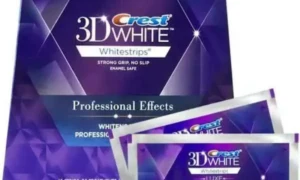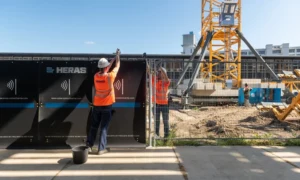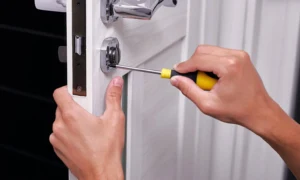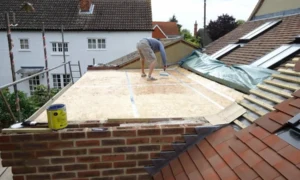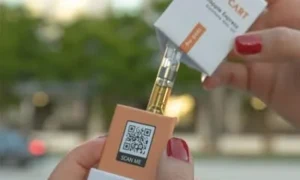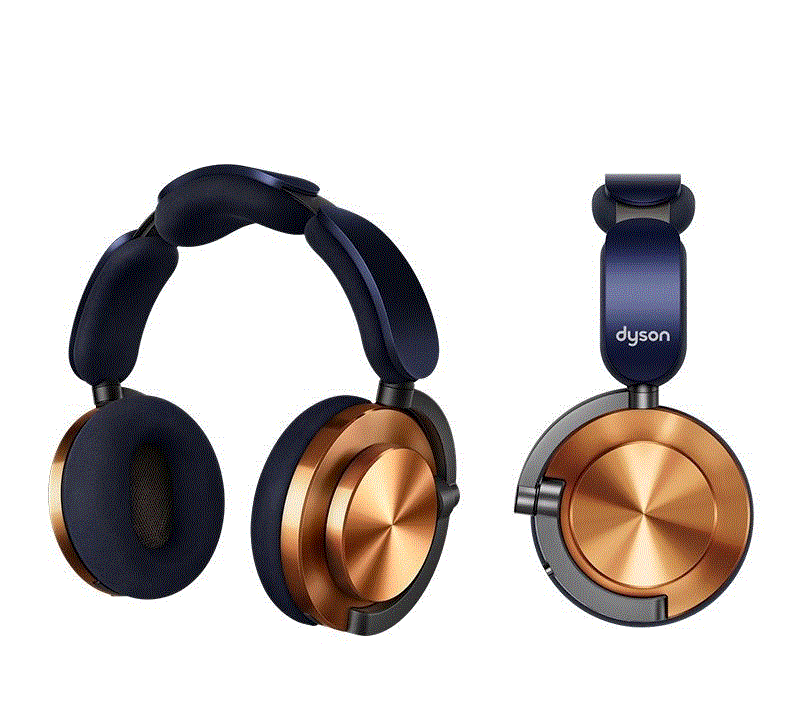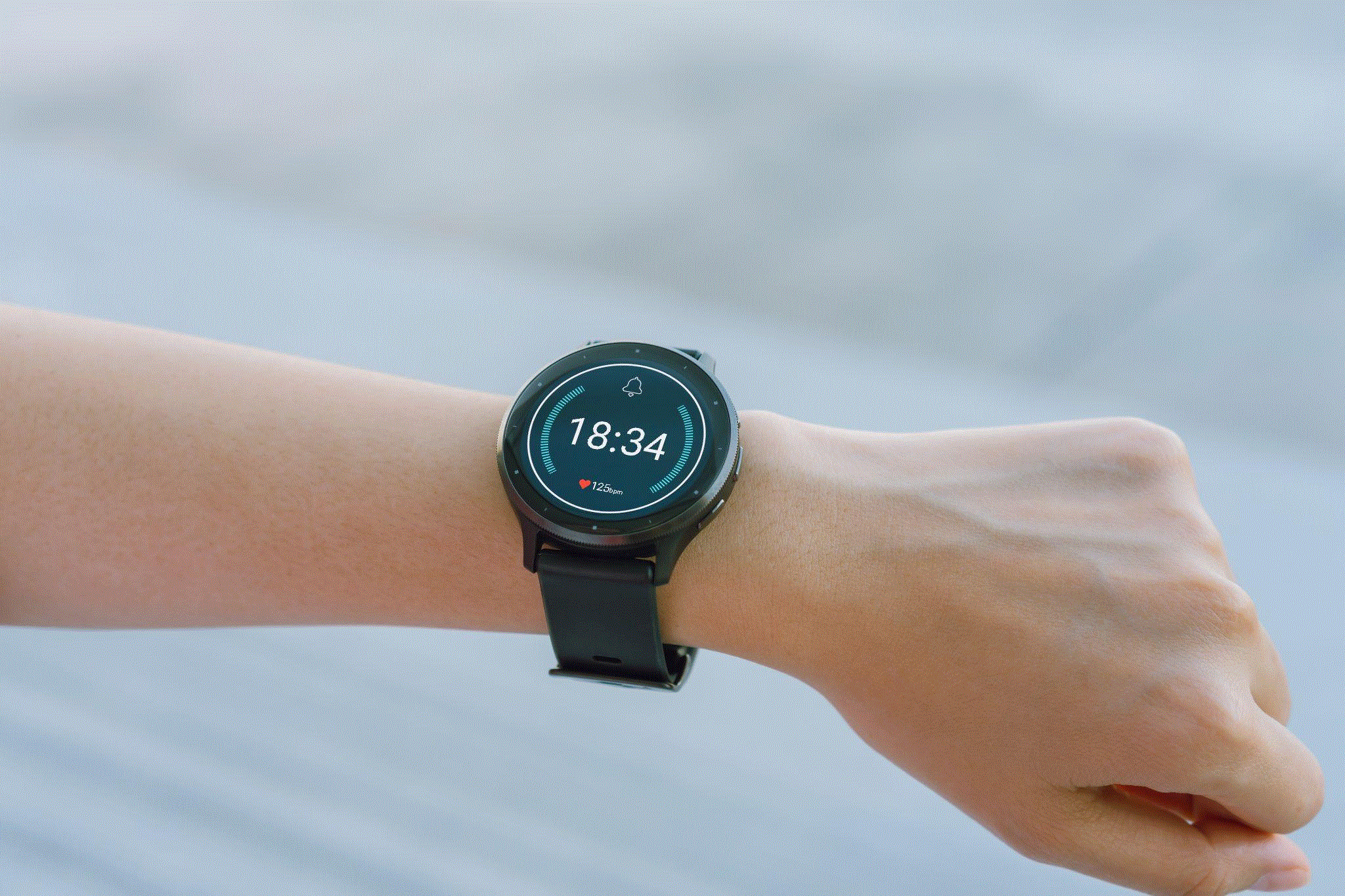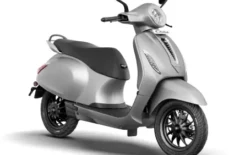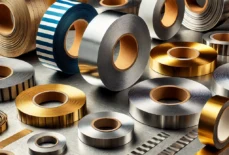Table of Contents
Introduction:
In today’s fast-paced manufacturing industry, the need for efficient and high-quality production processes is more important than ever. One such process that has gained significant popularity is die casting. Die casting is a flexible and affordable manufacturing process that enables the production of complicated, delicate pieces with exact tolerances. This article will explore the best die casting process and discuss how to get a prototype made using this method.
Understanding Die Casting:
What is Die Casting?
In the industrial process known as die casting, molten metal is injected under intense pressure into a mold cavity. After that, the molten metal is allowed to harden, creating a properly formed item. This process is widely used for producing various products, including automotive components, electronic enclosures, and household appliances.
Advantages of Die Casting:
Many companies prefer die casting because it has advantages over alternative manufacturing processes. Some of these advantages include:
- High production efficiency: Die casting allows for producing large volumes of parts in a short time.
- Complex part geometry: The process enables the creation of intricate and complex parts with tight tolerances.
- Cost-effectiveness: Die casting provides a cost-effective solution for producing high-quality parts.
- Excellent surface finish: The process produces parts with smooth and consistent surface finishes, reducing the need for additional machining.
The Best Die Casting Process:
Cold Chamber Die Casting:
One of the most popular die casting techniques is cold chamber die casting. The molten metal is stored in a separate furnace and then transferred to the die casting machine. The advantage of this process is that it allows for the casting of high-melting-point metals such as aluminum and brass.
Hot Chamber Die Casting:
Hot chamber die casting suits metals with low melting points, such as zinc and magnesium. The molten metal is stored in a furnace attached to the die casting machine during this process. The advantage of this process is that it eliminates the need for transferring molten metal, resulting in faster cycle times.
Vacuum Die Casting:
Vacuum die casting is a variant of the traditional die casting process that uses a vacuum chamber. Removing air from the mold cavity helps minimize the formation of gas porosity in the final part. Vacuum die casting is particularly useful for producing high-quality parts with complex geometries.
How to Get a Prototype Made:
Define Your Requirements:
Before getting a prototype made, it is crucial to define your requirements clearly. Consider aspects such as the intended use of the part, the desired material, and any essential design features or tolerances. This information will help you choose the most suitable die casting process and ensure your prototype meets your expectations.
Select a Reliable Manufacturer:
Finding a reliable die casting manufacturer is essential to ensure your prototype’s quality and timely delivery. Look for manufacturers with experience in the specific die casting process you require and check their certifications and customer reviews. Discussing your requirements with the manufacturer is important to ensure they understand your needs.
Provide Detailed Design Specifications:
To get a prototype made, you need to provide the manufacturer with detailed design specifications. This includes CAD files or 2D drawings that accurately depict the dimensions and features of the part. Unambiguous communication is essential, and unequivocal communication is necessary to ensure the manufacturer can create a prototype that satisfies your needs.
Once the prototype is made, testing and evaluating it thoroughly is crucial. This includes checking for dimensional accuracy, material properties, and functional performance. If any issues or improvements are identified, communicate them to the manufacturer for further iterations of the prototype.
Conclusion:
Die casting is an excellent manufacturing process for producing high-quality and complex parts. By understanding the best die casting processes and following the steps on how to get a prototype made, you can ensure the successful development of your product. Remember to define your requirements, select a reliable manufacturer, provide detailed design specifications, and thoroughly test and evaluate the prototype. You can use die casting’s advantages to realize your creative ideas if you give them considerable thought and close attention to detail.


